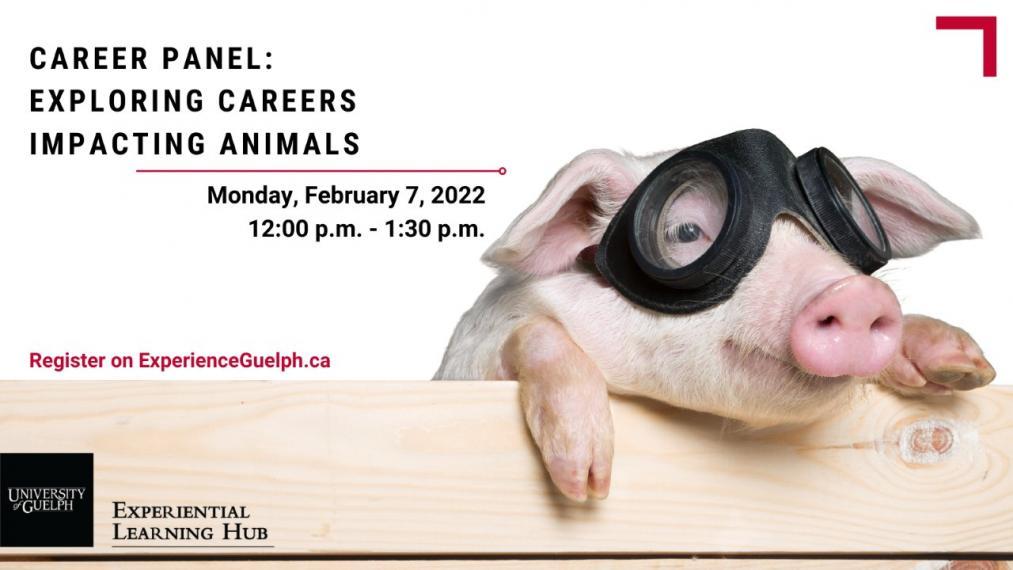Past Events
Primary tabs

ABSC W22 SURVIVAL WORKSHOP
Attention ABSc Grad Students!
Are you prepping for an upcoming graduate exam (defence or qualifying) and looking for some more information? Here is your opportunity to learn more about departmental-specific procedures for your exam, hear from fellow upper-year students about study/exam tips, and practice answering questions!
We are offering two ABSc specific GRADUATE EXAMINATION SURVIVAL WORKSHOPS. Both workshops will be approximately 2 hours and will include:

ABSC W22 SURVIVAL WORKSHOP
Attention ABSc Grad Students!
Are you prepping for an upcoming graduate exam (defence or qualifying) and looking for some more information? Here is your opportunity to learn more about departmental-specific procedures for your exam, hear from fellow upper-year students about study/exam tips, and practice answering questions!
We are offering two ABSc specific GRADUATE EXAMINATION SURVIVAL WORKSHOPS. Both workshops will be approximately 2 hours and will include:

CGIL Seminar: Whole Genome Alignment: Algorithmic Aspects
Good Afternoon CGIL,
We are very pleased to have Dr. Bacem Saada, a Senior Analyst at University of Guelph, to present a CGIL Seminar on Friday February 11th, 2021. The seminar will begin at 1:30 PM EDT/EST on the virtual platform Microsoft Teams. The title of the presentation is: “Whole Genome Alignment: Algorithmic Aspects”.

ABSc GSC VALENTINE'S DAY EVENT
With all the LOVE of science in the air DON'T FORGET to SIGN UP for our virtual Valentine's Day Event and join us to make a fabulous Candy Creation!
Sign up closes THIS FRIDAY FEB 4th so check your email for the link
ABSC GSC will provide the supplies for your creativity to shine (supply pick up Feb 7th), and we will host a virtual workshop where together FRIDAY FEBRUARY 11th, 12:30-1:30pm where we can create a delicious Candy Masterpiece for you sweetheart (or yourself!!)
Equine Program Information Night
Grade 11 and 12 students are invited to participate in a unique opportunity to learn about equine programs, including:

Exploring Careers Impacting Animals
Interested in careers that have a positive impact on animals? University of Guelph Students & Alumni can join an upcoming panel discussion Exploring Careers Impacting Animals to hear from professionals who impact animals in interesting ways.
WILD Ontario Virtual Presentation
The Animal Science Society is excited to announce an upcomingevent with Wild Ontario educators who will be giving a 45 minute long session showcasing 3 different raptors and spotlighting their adaptations for survival in nature. Time will be made after the presentation for attendees to ask questions in the comments of the zoom call.
CNM Seminar - Precision feeding sows: The next frontier of swine nutrition research
Welcome back, and happy new year! I would like to invite you to attend the January Installment of the 2022 ‘Virtual’ Nutrition Seminar Series hosted by the Centre for Nutrition Modelling (Animal Biosciences Department).
Each month in 2022 we will continue to deliver seminars from a different lab within the Nutrition group, and share their exciting new research in a dynamic virtual manner. Please feel free to forward these seminar invites to industry partners or others outside the department who may be interested.
In January we bring you: